Shabby chic, industrial, Moroccan-inspired – even boutique hotel – all interiors trends that have come and gone and that were as easy to say as they were to imagine.
Not so this year’s dominant trend: biophilia. At the start of January, as the 2020 trend reports came out hard and fast from all quarters, from paint companies to bathroom designers, biophilia emerged as the key one to watch.
At its heart – and biophilic advocates never shy from emotional language - biophilia is about connecting living spaces with nature and creating calm, wellness-promoting, uncluttered living environments. The emphasis is on natural materials, individual pieces that have a story to tell often because they are upcycled or vintage, with sustainability the foundation that underpins the entire look.
Interior architects working in non-domestic environments such as schools, hospitals and (regrettably few) offices, have taken a biophilic approach for some time now, understanding the psychological benefits in terms of wellness and productivity of natural light, a tree-lined or plant filled view and soothing, nature-inspired colours and patterns. UK company Geberit’s 2020 Trends Report noted that “sustainability and second-cycling are the other contemporary design buzzwords.” Its forecast concluded that “[biophilia] is less of a trend, in fact, than a growing movement driven by an increasing understanding that what surrounds us has a powerful impact on our wellbeing”.
Not surprising then that green – that easy shorthand for environmental awareness – is this year’s dominant colour. Dulux has named Tranquil Dawn as its colour of the year, describing it as a cool-tone shade of green with a nod towards an “increasingly hectic and digital” modern society.
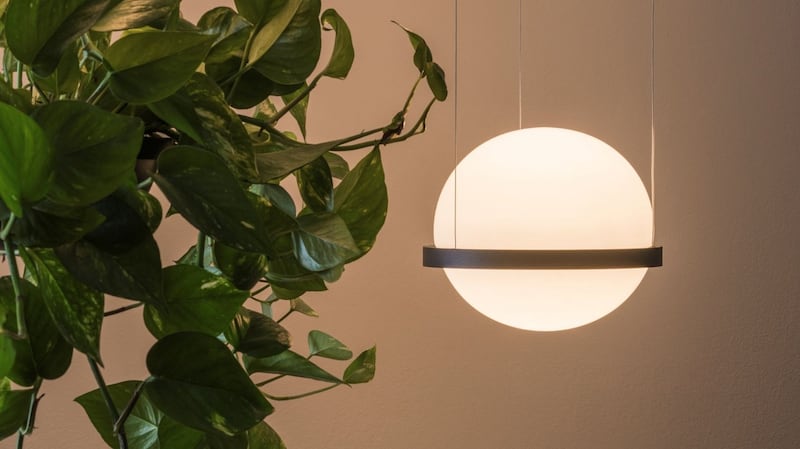
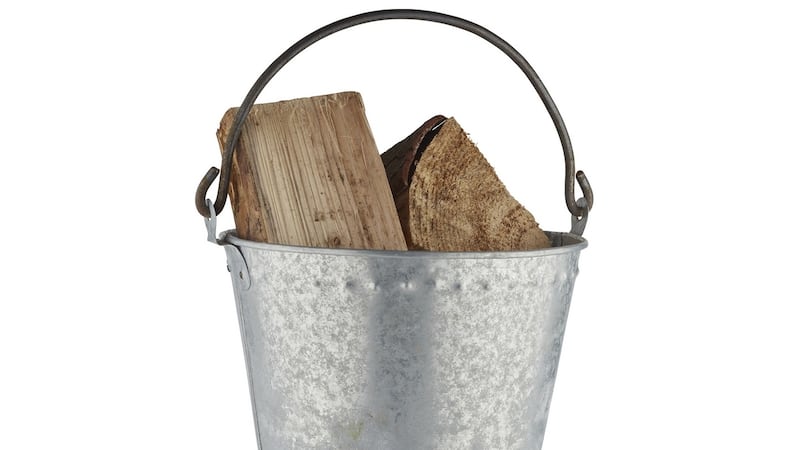
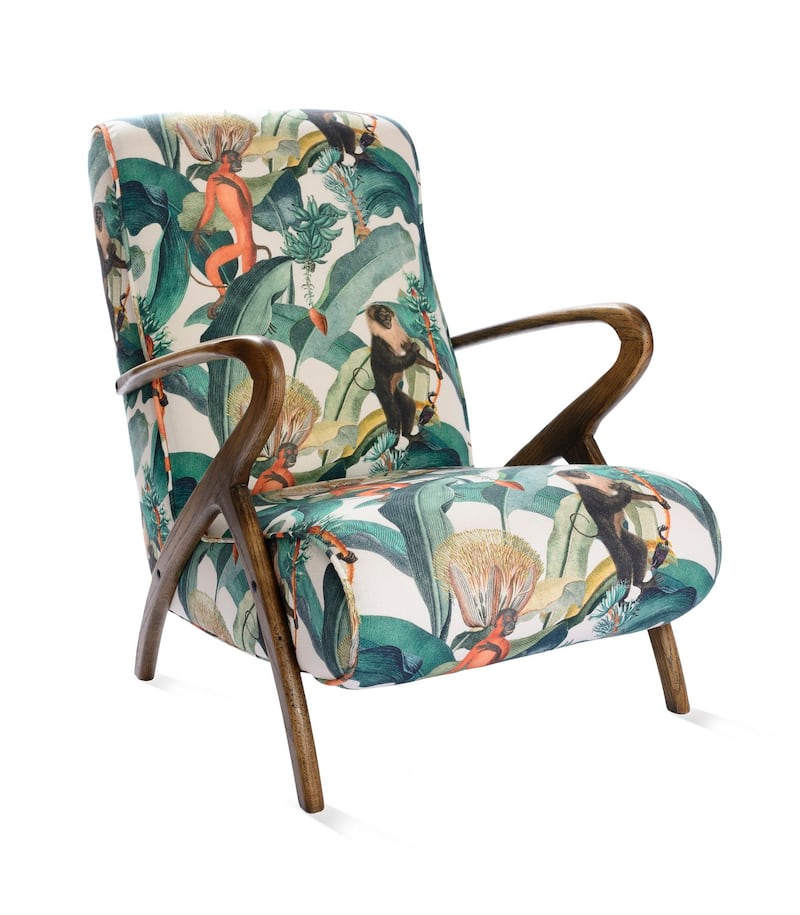
“It’s calming and comforting just when we need it most in our lives,” says Marianne Shillingford, creative director, Dulux UK. She suggests pairing it with neutral pastels for a laid-back look “or opt for rich jewels for an empowering setting”.
Emma Webb, an interior designer, says that in 25 years she has seen trends come and go but started studying biophilia four years ago to apply it to her work. She points to studies showing the de-stressing benefits of wood, the physiological boosts of light and air (“open the window”) and the calming effect of water and plenty of carefully chosen plants.
“It’s about creating a meaningful relationship with nature in the home,” she says. Fabrics such as rougher cottons and hemp will become more visible, and there will be a growing awareness from the consumer about the toxins in the home.
Biophilia, she says, is the western, contemporary version of the eastern Feng shui and so where we place our furniture matters; basic, easy to copy advice includes adding large mirrors to reflect light and choosing organic shapes such as round end tables.
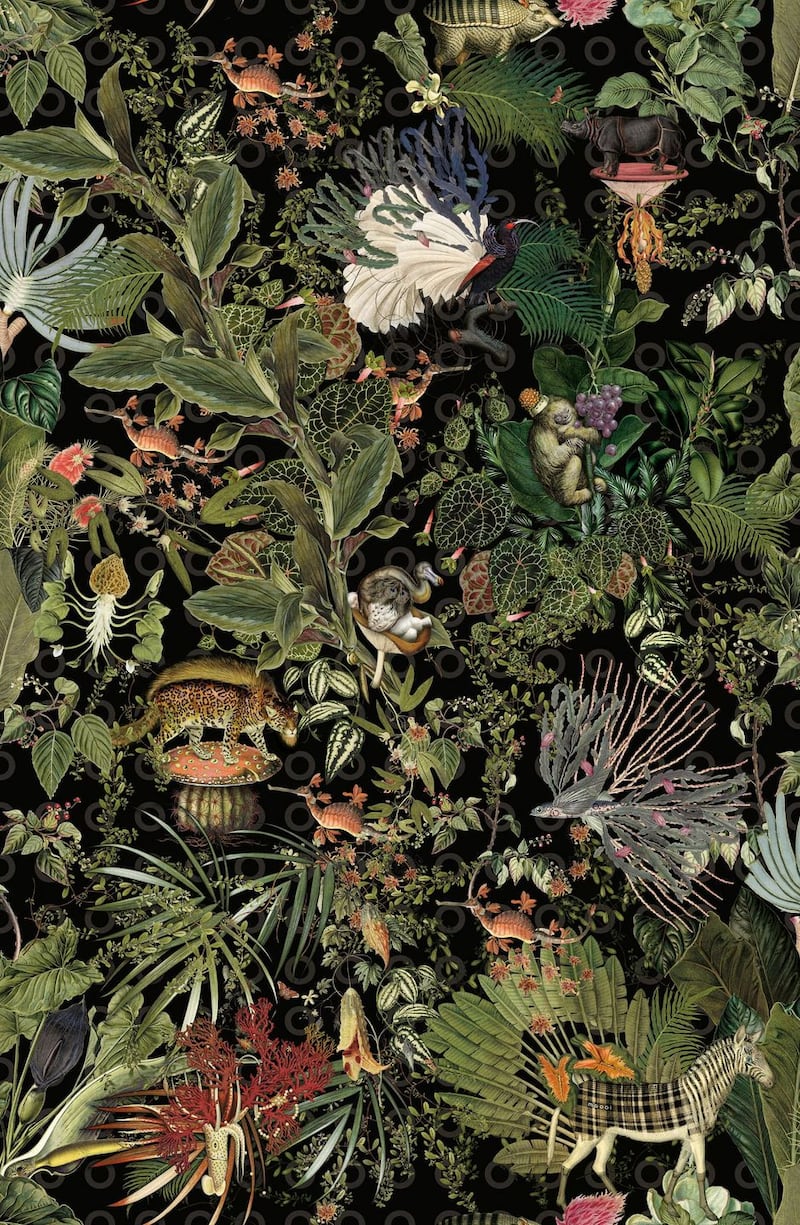
More expensive, sophisticated on-trend biophilic elements include brass, marble and stone. Simple changes such a plant by an open window, says Webb, or a light curtain, creates gentle movement in a room which is soothing. “Home should be restorative,” she says, “a place where you can heal, you can’t heal in the office or on the street.”
“Green is still everywhere in 2020, every shade of green, with sandy shades and natural colours,” says Mary Ryder, an interior designer working on both commercial and domestic projects who has recently opened Curated, a furniture showroom in Sandyford, Dublin. Talking on her way to this year’s Maison d’objets – the annual trade fair for designers in Paris – she says she expects to find stands lush with plants and green objects. “Jungle imagery is still big on wallpaper and fabric, you’ll see animals, birds, foliage,” she says, with Moooi’s “Extinct animals wallpaper” a particular favourite. “It [tropical print] was already a trend last year,” she says, noting that now it’ll trickle down and be bigger.
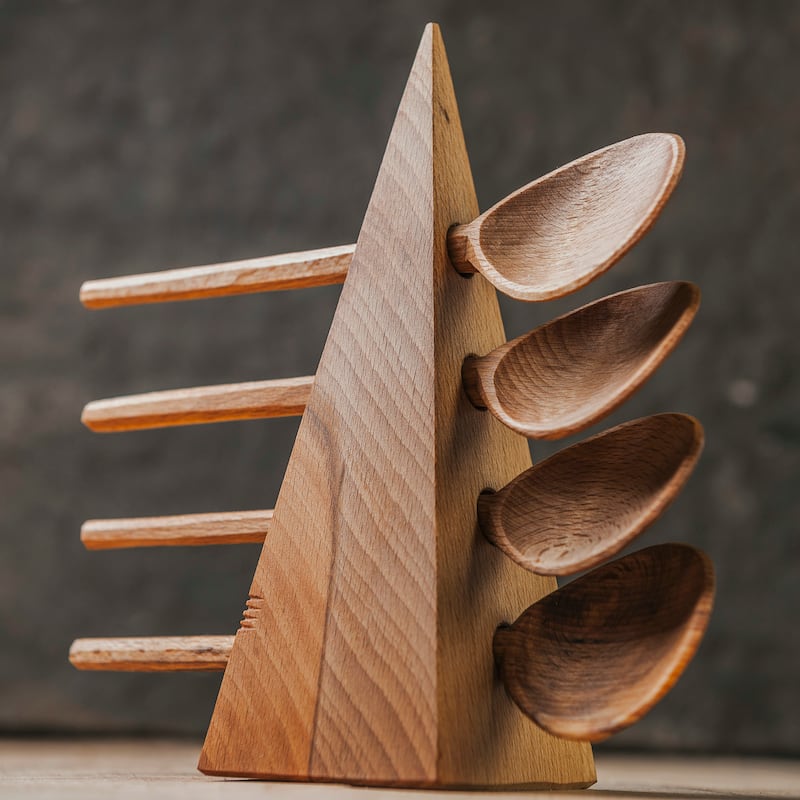
Ryder has noticed a definite move away from plastics, non-organic and man-made composite materials such as MDF towards natural wood, spotting eucalyptus at designer furniture fairs. One of the companies she stocks, Stua, a Spanish range, now ships each piece with an “eco passport” – explaining the sustainable credentials of each component. Bang on trend, Curated stocks a range of lights, designed by Antoni Arola for Vibia, that incorporates a hanging basket for an indoor plant. Working in high-end interiors Ryder uses marble – including tabletops that incorporate metal inlay with a move towards even more luxurious colourful stone such as onyx. “Brass is still big,” says Ryder; she has commissioned for clients bespoke timber wardrobes with brass inlay. That’s two crafts together, cabinetry and metal work, combining natural materials to create pieces that will last – a very biophilic approach.
Last year architect and presenter of RTÉ’s Home Rescue Róisín Murphy’s room set in the Ideal Homes Exhibition focused on new Irish-made pieces, upcycled and repurposed furniture and mid-century Irish furniture – “which is as desirable as some of the Scandinavian pieces”.
"I look for sustainable pieces with a back story," she says, mentioning wooden spoons made in Clare by Eamonn O'Sullivan (hewn.ie) and galvanised buckets crafted by Traveller tinsmiths James Collins and Thomas McDonnell (wemakegood.ie). The biophilic aesthetic chimes perfectly with the Irish aesthetic of handcrafts and tactile materials taking inspiration from nature, says Murphy, noting that there is more furniture being made here than ever, crafted from sustainable sources. "In design we are where the Irish food revolution was 20 years ago, it's really exhilarating."




















